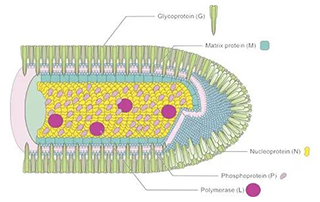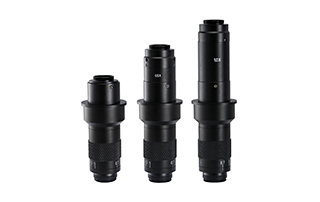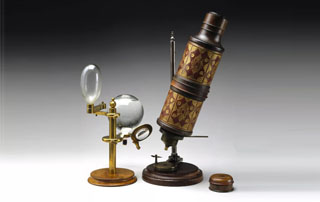-
Karyotype Analysis Microscopy Instrument Solution
Karyotype refers to the phenotype of chromosomes in the metaphase of mitosis, which is a summary of the number, size and morphological characteristics of chromosomes.
24 September 2025BestScope -
Rabies Microscopy Instrument Solution
Rabies is an acute zoonotic infectious disease mainly affecting the central nervous system, caused by the rabies virus.
04 September 2025BestScope -
Pulmonary Tuberculosis Microscopy Instrument Solution
Tuberculosis usually can be detect with Ziehl-Neelsen-Staining or fluorescence excitation, e.g. with Auramine O dye, so a fluorescent biological microscope is an ideal choice which can simply switch between the two modes.
26 August 2025BestScope -
FISH Microscopy Instrument Solution
Fluorescence in situ hybridization, FISH, is a non-radioactive in situ hybridization technology developed on the basis of the radioactive in situ hybridization technology in the late 80s of the 20th century.
04 June 2025BestScope -
What is a Zoom Monocular Microscope?
The working principle of a zoom monocular microscope is based on the optical properties of convex lenses. It uses one or more convex lenses to magnify the image of an object, making it visible to the human eye. A zoom monocular microscope has a relatively simple structure, mainly consisting of an objective lens, an eyepiece, and an adjustment knob.
28 April 2025BestScope -
Infographic: Key Milestones of Microscope History
After centuries of development, microscopes have played an important role in many fields, from initially relying on lenses to magnify objects to today's constantly innovative high-tech imaging technologies. This infographic will help you understand the key stages in the development of microscopy and its milestone moments.
14 February 2025
- HOME
-
PRODUCTS
-
Microscope
- Monocular Zoom Microscope
- Biological Microscopes
- Portable Microscope
- Stereo Microscopes
- Industrial Inspection Microscope
- Wafer Inspection System
- Structured Illumination Microscope
- Metallurgical Microscope
- Laboratory Fluorescent Microscope
- Live Cell Imaging System
- Multi-Head Microscope
- Comparison Microscope
- Gemological Microscope
- Confocal Microscopy
- Polarizing Microscope
- Wireless Microscope lab
- Digital Microscope
- Macro Microscope
- LCD Digital Microscope
-
Electron Microscope
- Microscope Camera
- Industrial Camera
-
Pathological Slide scanner
-
Operation Microscope
- Accessories
-
Microscope
- SOLUTIONS
- APPLICATIONS
- SERVICE
- ABOUT US
- NEWS
- CONTACT US

Solutions
Home
-
Solutions













